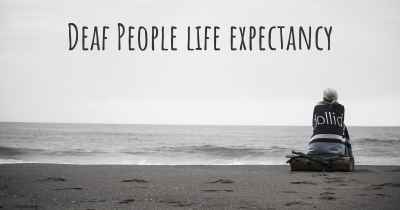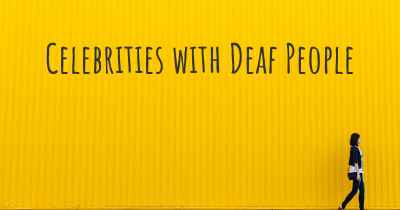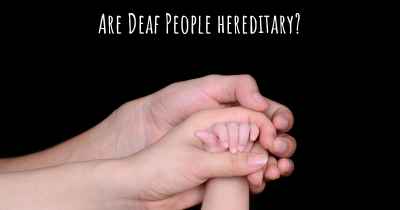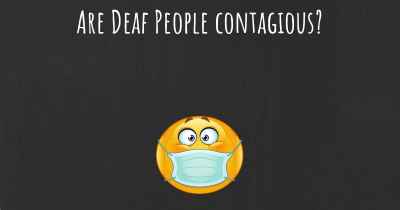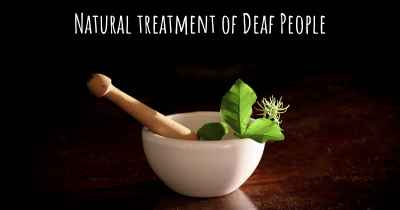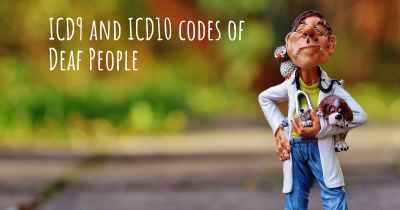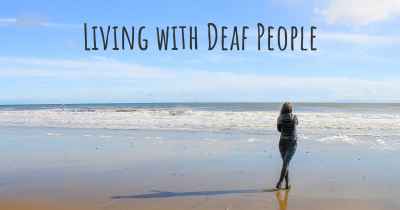How are Deaf People diagnosed?
See how Deaf People are diagnosed. Which specialists are essential to meet, what tests are needed and other useful information for the diagnosis of Deaf People
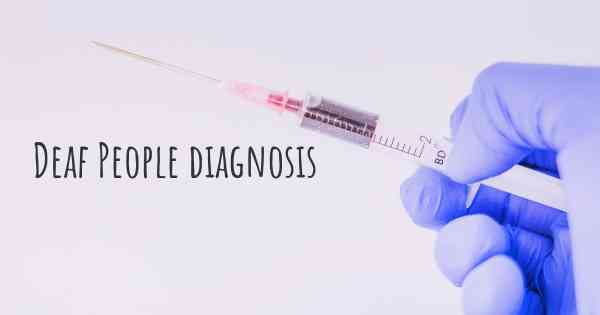
How are Deaf People Diagnosed?
Diagnosing deafness involves a comprehensive assessment of an individual's hearing ability. While there are various methods and tools used in the diagnostic process, the goal is to determine the extent and nature of hearing loss. Here is an overview of the diagnostic procedures commonly employed:
1. Medical History and Physical Examination
When a person suspects hearing loss, they typically begin by consulting a healthcare professional, such as an otolaryngologist or audiologist. The first step in the diagnostic process is a detailed medical history review, where the healthcare provider gathers information about the individual's symptoms, family history, exposure to noise, and any other relevant factors. This helps in identifying potential causes and determining the appropriate diagnostic tests.
2. Audiological Evaluation
The primary diagnostic tool for assessing hearing loss is an audiological evaluation. This evaluation is conducted by an audiologist, who specializes in evaluating and managing hearing disorders. The audiologist performs a series of tests to measure the individual's hearing ability.
A. Pure-Tone Audiometry
Pure-tone audiometry is a fundamental test that determines the softest sounds an individual can hear at different frequencies. The person wears headphones and listens to tones played at various pitches and volumes. They respond by indicating when they hear the sound, allowing the audiologist to plot an audiogram, which is a visual representation of their hearing thresholds.
B. Speech Audiometry
Speech audiometry assesses an individual's ability to hear and understand speech. The person listens to recorded or live speech and repeats or responds to specific words or sentences. This test helps determine the individual's speech reception threshold and word recognition ability.
C. Tympanometry
Tympanometry measures the movement of the eardrum in response to changes in air pressure. It helps identify problems in the middle ear, such as fluid accumulation or issues with the eardrum or the tiny bones responsible for sound transmission. Tympanometry is particularly useful in diagnosing conductive hearing loss.
D. Otoacoustic Emissions (OAE)
Otoacoustic emissions are sounds generated by the inner ear in response to stimuli. This test measures these emissions to assess the health of the cochlea, the sensory organ responsible for hearing. OAE testing is often used for newborn hearing screening and can help differentiate between sensorineural and conductive hearing loss.
E. Auditory Brainstem Response (ABR)
ABR measures the electrical activity of the auditory nerve and brainstem in response to sound stimulation. Electrodes are placed on the scalp, and the person listens to clicks or tones while their neural responses are recorded. ABR is particularly useful in diagnosing hearing loss in infants and young children who cannot provide reliable behavioral responses.
3. Additional Diagnostic Tests
In some cases, additional tests may be necessary to further investigate the cause and extent of hearing loss. These tests may include:
- Magnetic Resonance Imaging (MRI) or Computed Tomography (CT) scan to assess the structures of the ear and identify any abnormalities.
- Genetic testing to identify hereditary causes of hearing loss.
- Balance tests to evaluate the vestibular system, which contributes to balance and spatial orientation.
- Speech and language assessments to determine the impact of hearing loss on communication skills.
4. Diagnosis and Treatment
Once the diagnostic evaluation is complete, the healthcare professional will analyze the results and provide a diagnosis. The diagnosis will include the type, degree, and possible cause of hearing loss. Based on the findings, appropriate treatment options can be discussed.
Hearing aids are a common solution for individuals with sensorineural hearing loss. These devices amplify sounds to improve hearing.
Cochlear implants are recommended for individuals with severe to profound hearing loss who do not benefit from hearing aids. These devices bypass damaged parts of the ear and directly stimulate the auditory nerve.
Communication strategies and speech therapy may be recommended to help individuals adapt to their hearing loss and develop effective communication skills.
Supportive services such as captioning, sign language interpretation, and assistive listening devices can also enhance communication and accessibility for individuals with hearing loss.
It is important to note that early diagnosis and intervention significantly improve outcomes for individuals with hearing loss. Regular hearing screenings and prompt medical attention are crucial in managing and addressing hearing-related issues.
